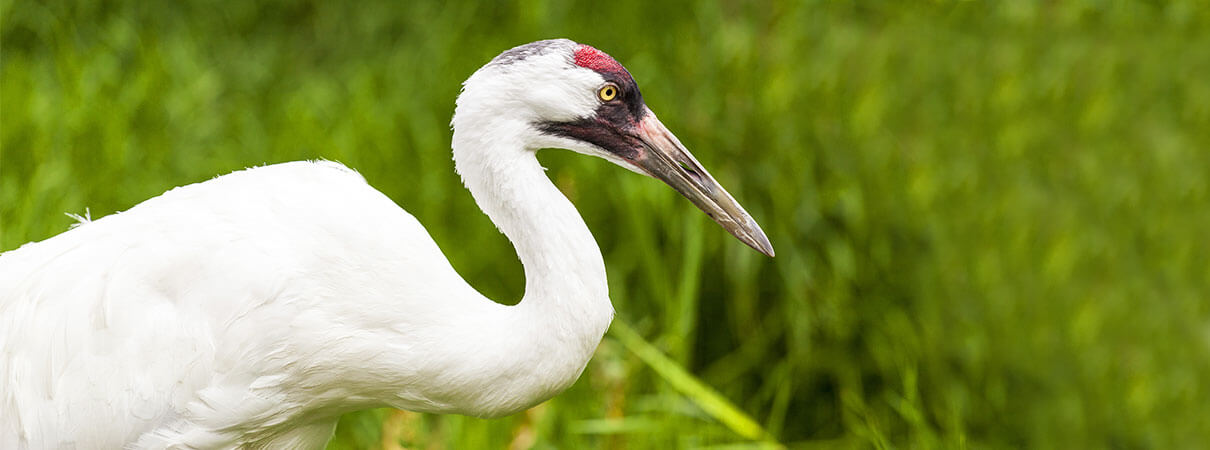New ESA Rules Compromise Conservation Efforts
Last year, the U.S. Fish and Wildlife Service (FWS) finalized three rules that left the Endangered Species Act weakened, curtailing protections for imperiled birds and other wildlife. Fortunately, birds are not without allies in Congress. Several representatives have introduced the PAW and FIN Conservation Act, H.R. 4348, to nullify these rules and restore essential provisions.
For advocates of birds and other wildlife, the new rules are cause for serious concern.
Consider the first change. This rule weakens the Endangered Species Act (ESA) by limiting considerations of long-term impacts like climate change on wildlife and wildlife habitat. Given the increasing pace of climate change, this change is a dangerous step backward. But that's not the only problem with this rule — ESA guidelines that shield listing determinations from economic considerations are now gone. The removal of these guidelines, which required that decisions be based solely on the best available science, opens the door to further political interference.

Whooping Crane. Photo by GTS Productions/Shutterstock
The second change removes a guarantee of ESA protections for species listed as Threatened. Eliminating this safeguard leaves imperiled species without necessary protections as they await future listings or status changes. We've already seen a similar scenario play out with the Red Knot, which still lacks adequate federal protections despite its Threatened listing.
The third ESA rule attacks procedures for interagency cooperation during consultation processes designed to prevent the “destruction or adverse modification” of critical habitat. This change makes it easier for opponents to remove habitat protections on a piecemeal basis, potentially depriving species of critically important areas they need for recovery.
Taken together, these rules further complicate the future for imperiled bird species such as the Greater Sage-Grouse and California Spotted Owl, which currently lack both adequate ESA or habitat protection. And they could hardly come at a worse time: Given massive bird losses over the last 50 years, it's more urgent than ever that we strengthen the safety net for birds.

Red Knots. Photo by Elliotte Rusty Harold/Shutterstock
ABC remains steadfast in its support of strong ESA protections, and we see no reasonable justification for any of these changes. When it comes to improving the ESA, the top priority should be increasing funding for recovery efforts.
You can help advocate for a strong ESA by taking action now. Please tell your members of Congress what safeguarding endangered species means to you, and ask that they cosponsor the PAW and FIN Conservation Act.


















































